A winning brand strategy is essential for a successful business strategy. Done right, the brand strategy clearly articulates the customer value proposition – why our customers pick us over the competition. Leaders know this and strive for the clarity of purpose a winning brand strategy provides. A simple and compelling brand strategy can focus everyone’s attention on a very small number of strategic priorities that define strategic success, providing a “true north” to focus on.
Yet when it comes to implementing the brand strategy through the operating model, that same sense of clarity and purpose is often lost. An enormous amount of complexity has to be addressed to bring it to life in the areas of organization design, staffing, developing capabilities, goal setting, accountability for performance, operational excellence, and so much more. That complexity is why organizations struggle with many aspects of strategy execution.
(more…)









